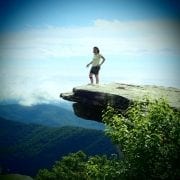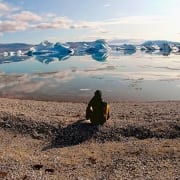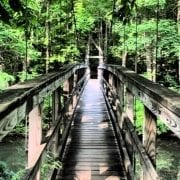“Do not worry about anything, but in everything by prayer and supplication with thanksgiving let your request be known to God.”
– Philippians 4:6
THE SIMPLE ELEMENTS OF PRAYER
Prayer is an essential part of developing a strong faith. Through prayer we converse with the sacred and begin a dialogue about our life. We either hear or see responses. At first there might not appear to be answers, but over time they begin to become revealed through the events of our lives as we move deeper in our relationship with God. Our prayer life expands and we stretch out the boundaries of prayer.
As we go deeper, prayer becomes a regular part of our day and our faith is strengthened. We also begin to expand the context of our prayers, leading to a richer prayer and faith life. We begin to see that there are four elements of prayer that can be said as individual prayers or in many cases included together in a single prayer. They are:
- Prayer of Adoration to God. This element reflects our faith in God and the sovereign nature of God. It is also a praising of God. In the Lord’s Prayer, we see it expressed as “Hallowed be thy name.”
- Prayer of Petition. This is where we request and ask for God’s help. Simple words expressing our needs. In the Lord’s Prayer, we see this expressed as “Give us our daily bread.”
- Prayer of Intercession. It is here we are being a good neighbor. We are asking for life assistance for a friend. We are asking God to intercede on behalf of our neighbor. In the verse “Give us our daily bread,” by using the word “us” we are not only asking for ourselves, but also for our neighbor. Prayers of intercession that stand alone usually contain a more direct request.
- Prayer of Thankfulness. This element of prayer is when we take the time to thank God for his involvement in our lives and reflects our gratitude for all that God has done for us.
God wants us to pray with our hearts. Accomplishing this requires an emptying of our thoughts or emerging somehow into a state where we are uniquely alone with God. A place that soothes us and frees our minds for this sacred conversation, centering ourselves to only be focused on God. It is our heart that God wants, free of daily tasks and our to-do list. Many people find a quiet, comfortable place to pray, a routine in the morning that moves them away from the world.
God wants us to be in prayer continuously, and he wants to hear our desires. Being overly prescriptive with our prayer life can make it rigid and meaningless. There are only a few guidelines that I can offer to people who ask me how to pray.
- As it is in the Lord’s Prayer, I suggest always starting with a praising of God. In this statement we recognize the sovereignty of our relationship with God.
- Always treat prayer as a sacred act.
- Ensure that you are in a place and mindset that will be free of distractions.
- Pray through Jesus and recognize the redeeming aspect of Jesus.
- Pray truthfully—God knows the truth about you already!
Praying seems hard at first. We ask what we should pray for? How do we pray? By following these simple steps we can engage in a healthy prayer life. While we should pray in desperate situations, we should also remember to pray with thanksgiving. God wants a full relationship with us, not just in those times of stress, but in all our joys as well. When we pray as if we are an open book we allow a richer conversation with God. A powerful faith is developed through a rich prayer life that in turn honestly observes God’s response.
Blessings, until next time,
Bruce L. Hartman










